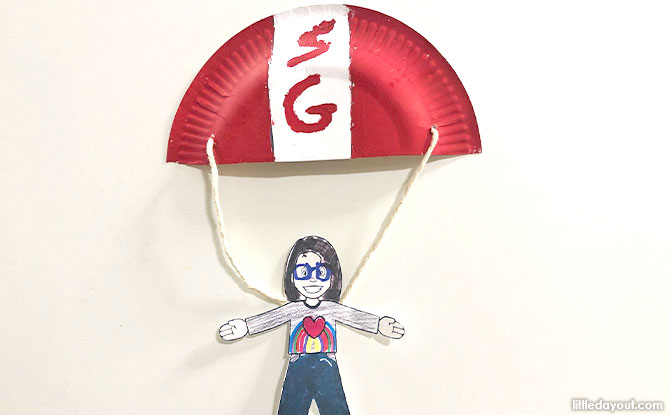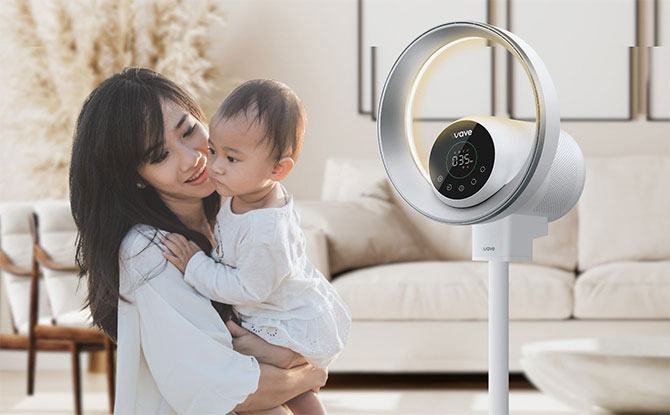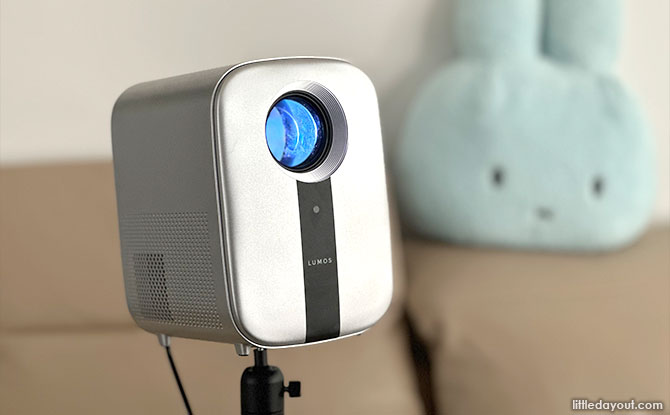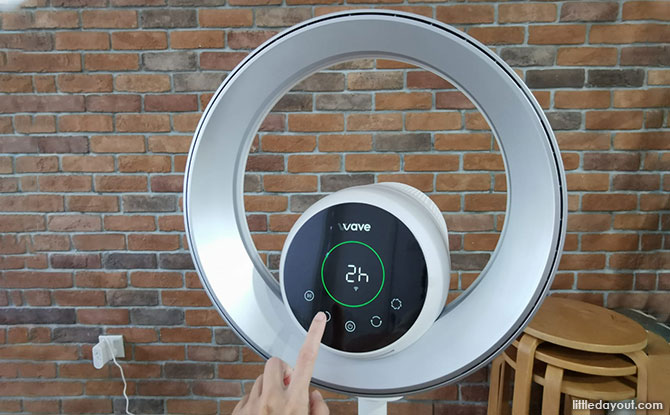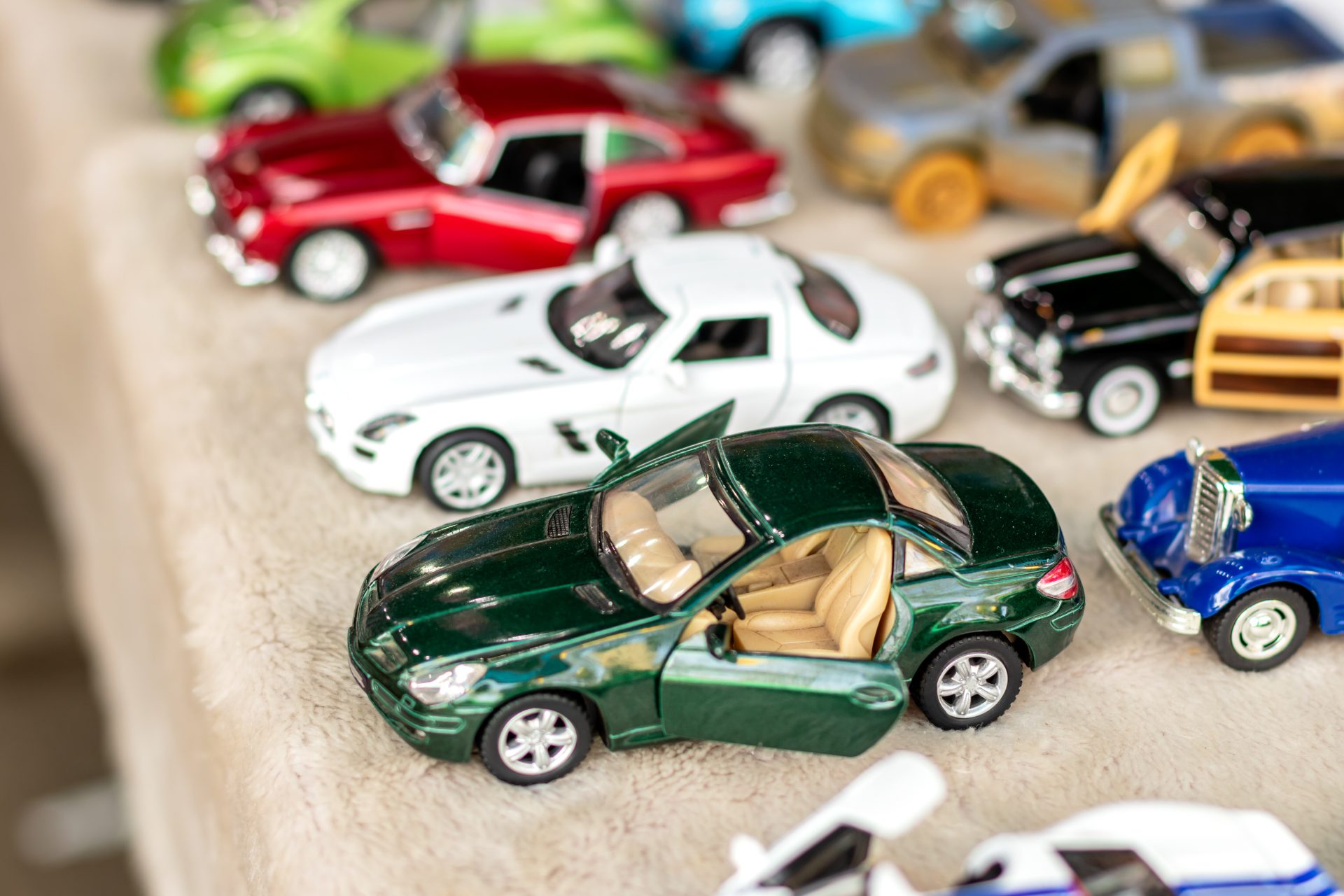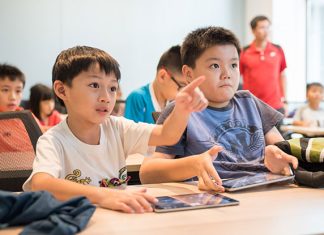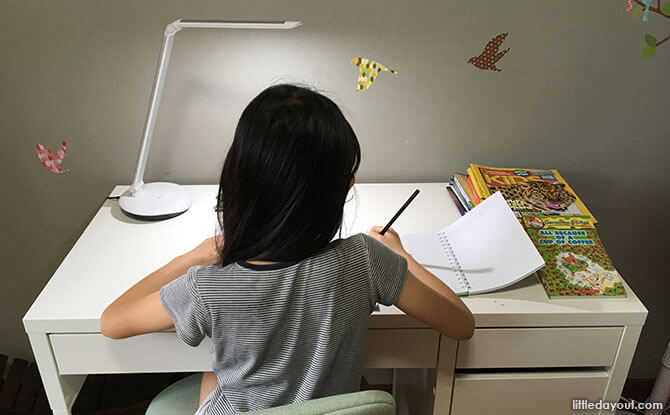
With the heavy workload that school children are experiencing today, it’s not uncommon to be studying past bedtime. Having a task light at the study desk helps to prevent kids from straining their eyes in the absence of natural daylight. Here are some things you need to know when choosing study lamps for kids:
Measurements Of Brightness: Lumens vs Lux
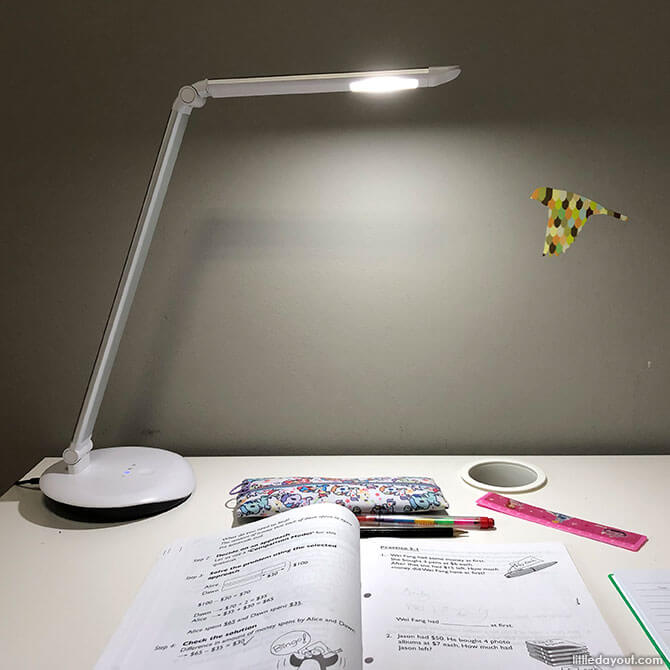
The measurement unit related to light that most of us are familiar with is probably the watt. Wattage, however, indicates how much energy is consumed rather than how much light is provided.
To determine brightness, lumen, which measures the total amount of light emitted from a light source, is the unit you should be looking out for.
BE PSLE-READY: Join Expert Educators for Revision Boosters to Empower P6 Students
BURP: Join the Sound Collector on a Whimsical Chase at Esplanade – Theatres on the Bay
WEEKEND IDEAS: Get Inspirational Ideas of Things to Do
But just knowing how bright a study lamp can get may have little real-life relevance. The area of light usage should be taken into consideration too.
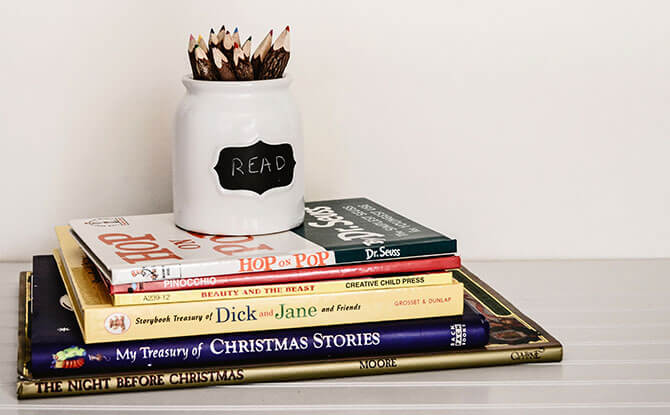
Picture your child reading a textbook directly under a table lamp. The little one then takes out a big jotter book and places it next to the textbook, further away from the lamp, to copy some words from the latter onto it. Wouldn’t it be less bright at the further end of the desk, even though the number of lumens registered at the light source doesn’t change?
The bigger the area that a light is spread over, the weaker the illumination experienced. To calculate the intensity of light for a given space, you need to divide the number of lumens by the work area – such as the desk top – in square metres (lux = lumen / m2). The resulting figure is measured in lux, a unit that gives a more complete picture when it comes to selecting study lamps for kids.
According to human factors engineer, Chris Adams, the minimum light intensity needed for a task light in a child’s bedroom is 800 lux.
How To Estimate Lux From Watts
As you do your research on the study lamps available in the market, you may find that only the wattage is given in some product specifications. No worries! Even though the number of watt measures power consumption, you can still use it to estimate lux using watts-to-lumens calculators online, such as this one.
Using A Light Meter App To Determine Lux
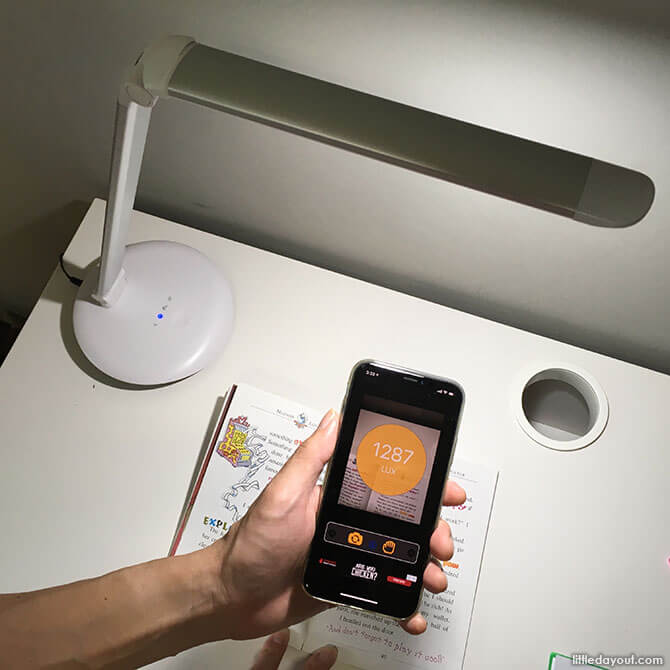
An even easier way to gauge the lux of a study lamp is to use a lux light meter app on your mobile phone. Simply place your phone with the app turned on at the area illuminated and the lux figure magically appears!
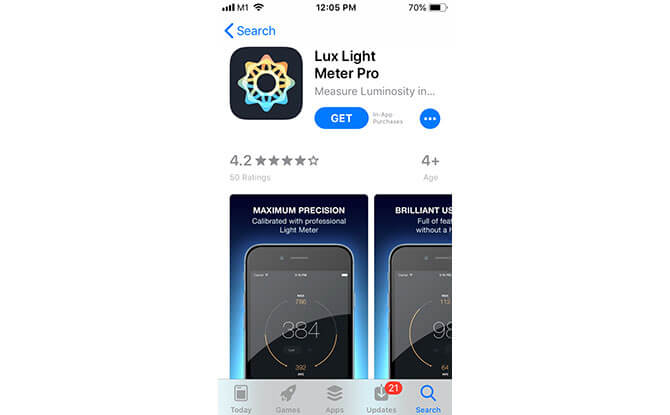
Reducing Glare
While bright light is good for reading and doing homework, you want to make sure that it is not too direct or reflecting strongly off your child’s work materials or the work surface. When that happens, it produces a dazzling light – called glare – which causes eye strain that can result in headaches and nausea.
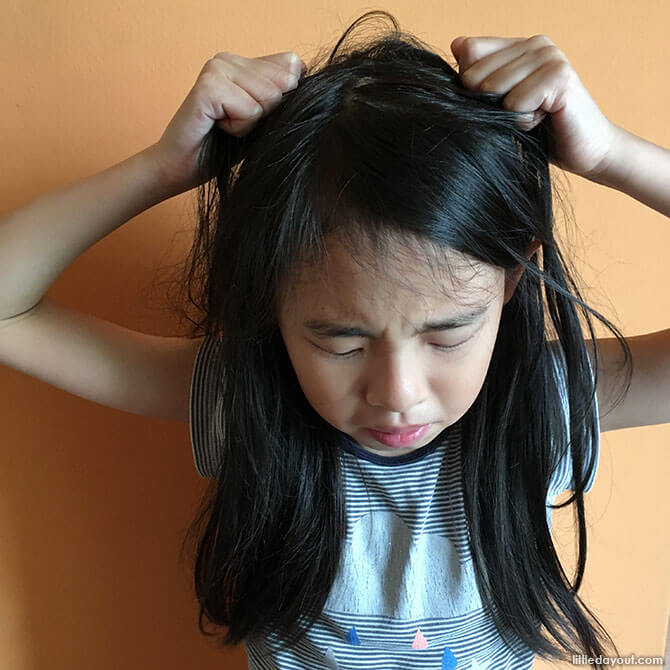 Study lamps that have swivel features or rotatable shades allow you to angle the light easily so that it doesn’t shine directly into little ones’ eyes or bounce off reflective surfaces. If you’ve got a bigger budget, you can also opt for a study lamp that comes with an anti-glare feature.
Study lamps that have swivel features or rotatable shades allow you to angle the light easily so that it doesn’t shine directly into little ones’ eyes or bounce off reflective surfaces. If you’ve got a bigger budget, you can also opt for a study lamp that comes with an anti-glare feature.
Complementary Lighting
Even if your study lamp provides strong illumination, it should not be the lone source of light in an otherwise dark room. The contrast between the bright light and the darkness surrounding it would cause fatigue as your child’s pupils dilate and contract depending on where the eyes are looking. As such, study lamps should always be used together with overhead and other ambient lighting.
Where To Place Your Study Lamp
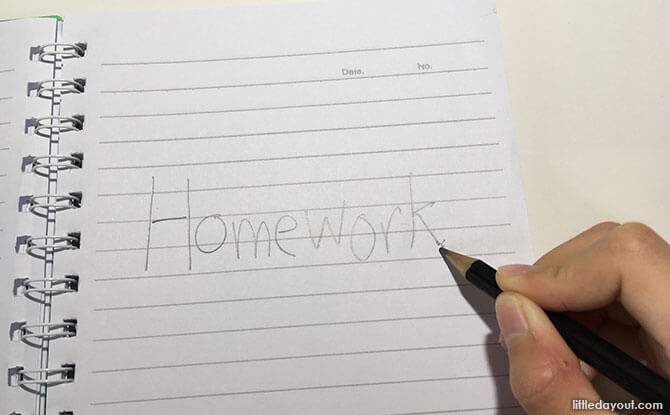
This is actually not a factor for selecting study lamps for kids, but rather a usage tip: always place the light source at the opposite side of your child’s dominant hand. For example, if your little one is a right-hander, locate the study lamp on the left side of the work desk. This way, shadows won’t be cast on words while writing is in progress!
The 20-20-20 Rule
While getting the right study lamp is a great help in preventing eye strain, practising good habits is still the best way to protect children’s eyes. The 20-20-20 rule – for every 20 minutes of task work, look at something 20 feet away for at least 20 seconds – is a great reminder to take frequent eye breaks. Following it will do kids lots of good.
If you are looking for a table lamp, we suggest checking out our review of the BenQ MindDuo Parent-Child Reading Lamp.



